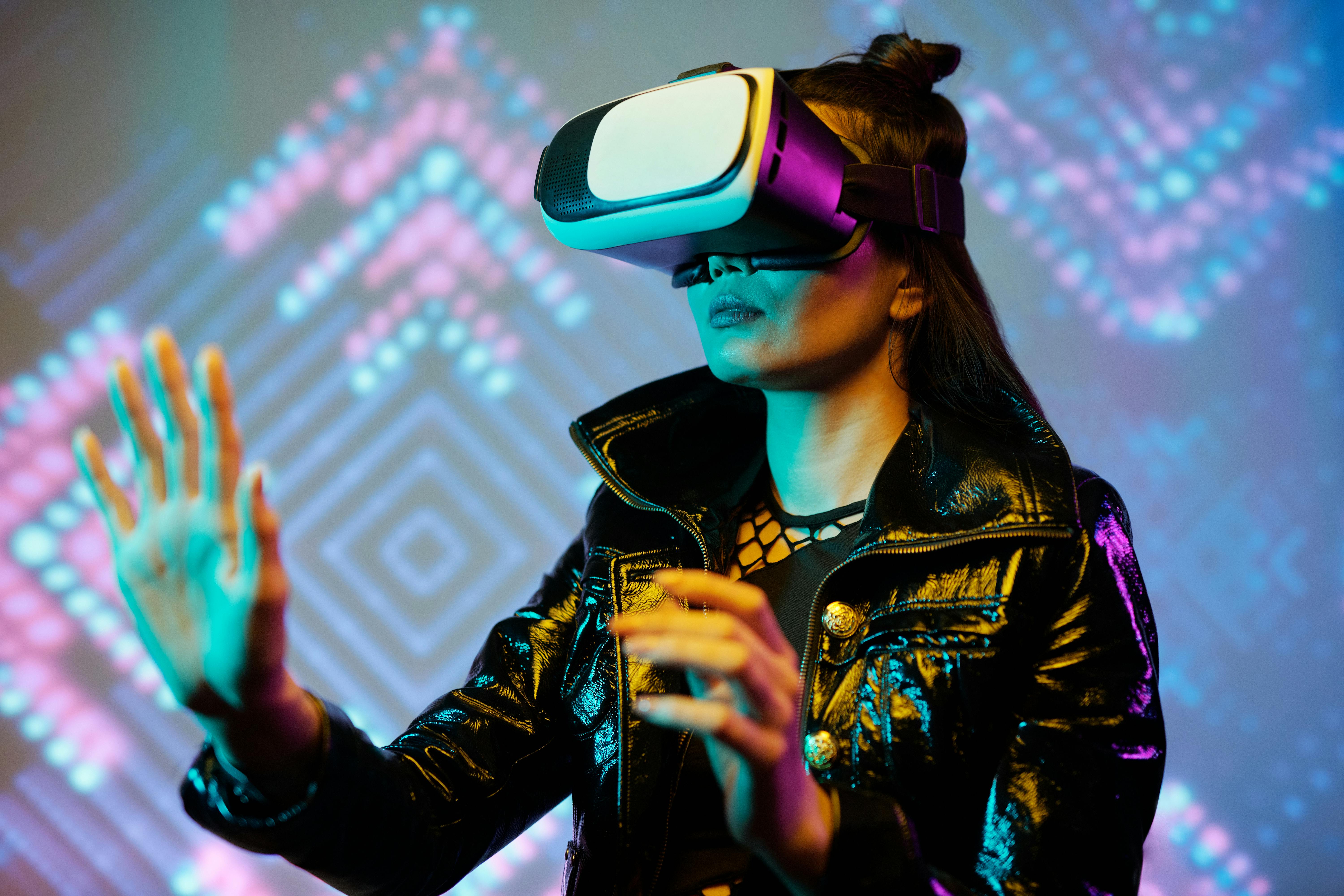Digital Artistry: The New Vanguard in the Creative Landscape
Introduction: In the ever-evolving world of arts and entertainment, digital artistry has emerged as a groundbreaking frontier. This article delves into the rise of this innovative movement, its current trends, and its profound impact on the creative industry.

The Genesis of Digital Artistry
Digital artistry, as a concept, was born out of the technological revolution of the late 20th century. As computers became more accessible, artists began to explore the potential of these machines as tools for creative expression. Early pioneers like Harold Cohen and Manfred Mohr used algorithms and programming languages to create abstract compositions, laying the groundwork for the digital art movement.
The Current Landscape of Digital Artistry
Today, digital artistry has permeated every corner of the creative industry. From graphic design and animation to music production and virtual reality, digital tools have become integral to artistic creation. The recent surge in popularity of NFTs (Non-Fungible Tokens) has further highlighted the significance of digital art, with artists selling their digital creations for astronomical sums.
The Impact and Significance of Digital Artistry
The impact of digital artistry is far-reaching. It has democratized the art world, allowing anyone with a computer to create and share their work. It has also blurred the lines between different art forms, fostering interdisciplinary collaborations and innovative hybrid genres. Moreover, digital artistry has challenged traditional notions of authorship and originality, sparking fascinating debates about the nature of art in the digital age.
The Reception of Digital Artistry
While some traditionalists have been skeptical of digital art, dismissing it as less authentic or valuable than traditional art forms, many have embraced it as a legitimate and exciting evolution of creative expression. Major institutions like the Museum of Modern Art and the Tate Modern have hosted exhibitions of digital art, signaling its acceptance into the mainstream art world.
The Future of Digital Artistry
As technology continues to advance, the possibilities for digital artistry are limitless. Artists are already experimenting with AI, virtual reality, and blockchain technology, pushing the boundaries of what is possible. As we move further into the digital age, digital artistry will undoubtedly continue to evolve, shape, and redefine the creative landscape.
In conclusion, digital artistry represents a new vanguard in the arts and entertainment industry. Its rise has been marked by innovation, disruption, and a reimagining of what art can be. As we look to the future, it is clear that digital artistry will continue to play a pivotal role in shaping the creative world.





